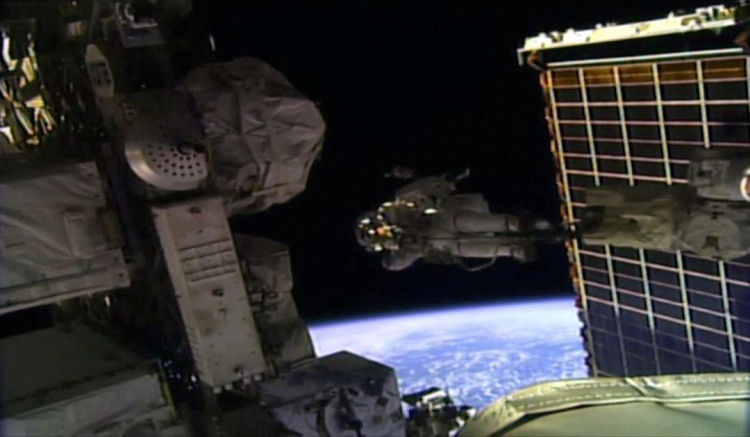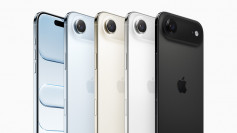NASA has already chosen the first two instruments to be sent out to its lunar orbital outpost called Gateway, which will aid the space agency's Artemis Moon operations. The selected instruments will help study the weather in space, as well as the Sun's radiation environment.
Flying science to the Moon!
We've selected the first 2 science payloads to fly on Gateway, our #Artemis orbital outpost. Studying radiation & space weather, these instruments will help astronauts on & around the Moon as well as on future missions to Mars. https://t.co/7pTSX80B9n pic.twitter.com/RHGXOUJ9JJ — NASA (@NASA) March 12, 2020
NASA's space weather instrument will help monitor solar wind and solar particles, while a radiation tracking instrument built by the European Space Agency (ESA) will help better understand how to keep astronauts safe from radiation exposure.
According to NASA Administrator Jim Bridenstine, the company's partnership with international and commercial agencies is the key to sustain its Artemis program and lunar exploration.
"Using the Gateway as a platform for robotic and human exploration around the Moon will help inform what we do on the lunar surface as well as prepare us for our next giant leap - human exploration of Mars," he said.
The deeper we explore space, the greater the challenges are for both robotic and human explorers, particularly from the Sun's outbursts. The instruments to be sent out by NASA should help gather data for the safety of astronauts as they venture into the unknown, and eventually to Mars.
Along with NASA, the Canadian Space Agency, Japanese Aerospace Exploration Agency, and ESA will continue discussions in order to sustain Gateway lunar explorations. The agencies agree that the scientific investigations of today will eventually lead to a successful human mission to Mars in the near future.
As part of NASA's exploration of the Moon, the Gateway will orbit near the lunar surface and will carry astronauts periodically. The space agency is also in talks with Northrop Grumman to build the HALO, an astronaut outpost aboard the Gateway.
In May, NASA and Maxar Technologies reached an agreement to design and develop the propulsion and power element for Gateway to help its orbital outpost maneuver and to provide solar arrays as well.
Bridenstine and the whole of NASA continue to push efforts to make the science investigations possible, as it's the first time in history humans have gotten so close to the Moon since the Apollo program. The space agency believes that America will once again lead humanity to the lunar surface, and the first to take all of us to Mars.
NASA says more instruments and scientific investigations will be sent out to the Gateway in the near future. Such experiments are planned to work on the Moon's unique orbit, something that cannot be performed on Earth.





